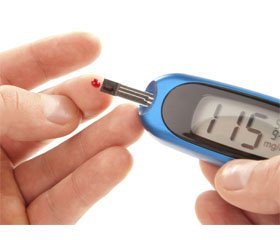Журнал «Боль. Суставы. Позвоночник» 1 (21) 2016
Вернуться к номеру
Bone quality in diabetic patients
Авторы: Jackuliak P., Kuzma M. - Medical Faculty of Comenius University, 5th Department of Internal Medicine, University Hospital, Bratislava, Slovakia; Vanuga P. - National Institute of Endocrinology and Diabetology, Ľubochňa, Slovakia; Killinger Z., Payer J. - Medical Faculty of Comenius University, 5th Department
of Internal Medicine, University Hospital, Bratislava, Slovakia
Рубрики: Ревматология, Травматология и ортопедия
Разделы: Медицинские форумы
Версия для печати
The article was published on p. 73-74
Introduction. Patients with both types of diabetes are known to have an increased risk of fractures. While in type 1 diabetes the major reason is low bone mass, patients with type 2 diabetes are at an increased risk despite increase/-ed bone mineral density (BMD) and this is caused by inferior quality of bone. The association between glyceamic compensation and diabetic complications or comorbidities is well known. Various trials observed that poor glycemic control is associated with higher all types of fracture risk.

